With brine compositions varying significantly in salt concentrations and two distinct types of brines to manage, this challenge demands creative, sustainable approaches that minimize environmental impact while maximizing resource efficiency.
The challenge centres around three key areas:
Learn more about:
We actively encourage
to participate in this challenge and contribute their innovative solutions to sustainable brine management.
This challenge is designed to leverage the diverse strengths of different organization types, creating opportunities for collaboration and knowledge exchange that can accelerate solution development.
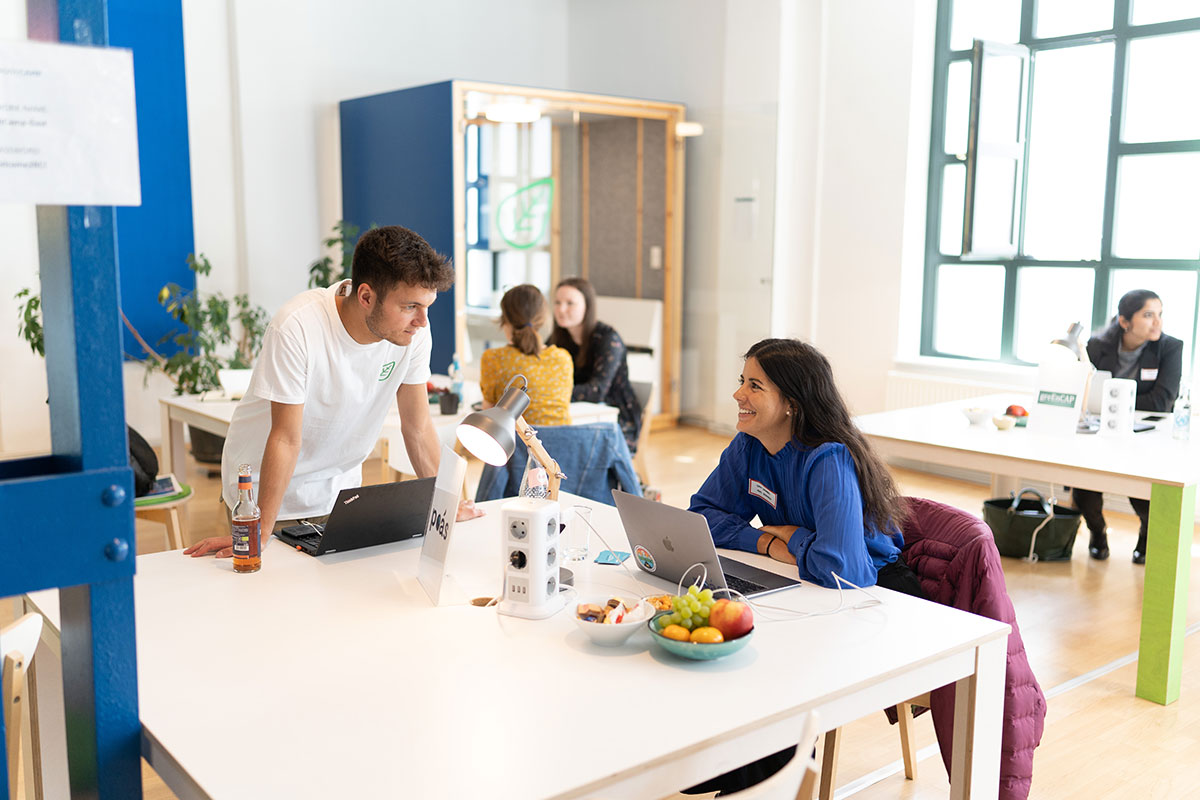
We offer a unique opportunity to make a meaningful impact on industrial sustainability.
Your key benefits:
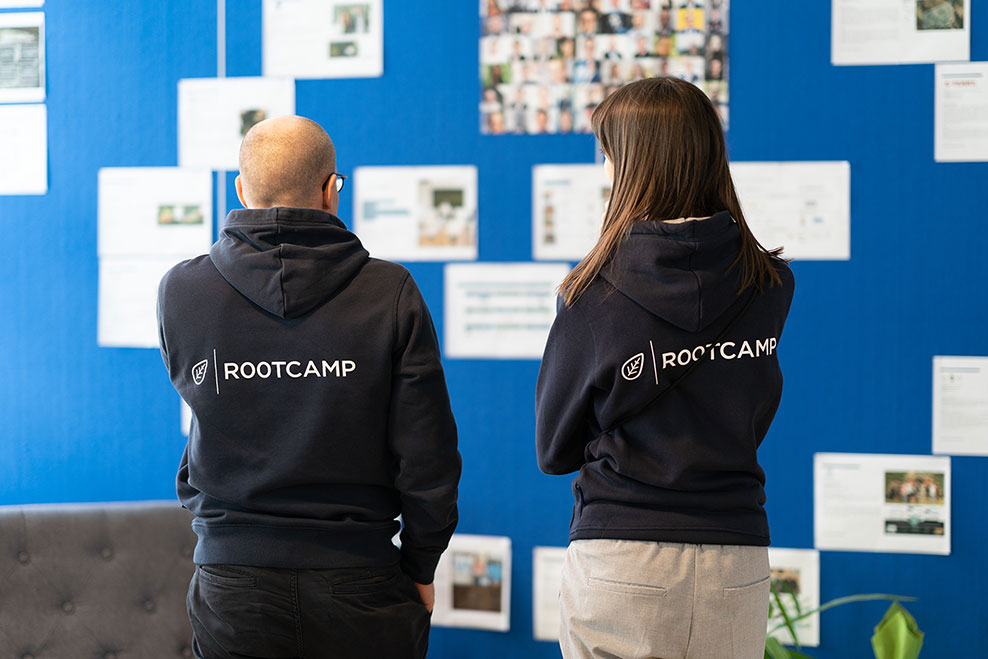
What we're looking for
Efficient and sustainable handling of brine is an important aspect of overall water management. Treatment of brine or recovering components, such as salt, can help optimize processes and support resource efficiency. Potential solutions include, but are not limited to, technologies for desalination, biomanufacturing based on salty water, or carbon sequestration in saline environments. The aim is to minimize residual brine (e.g. by separating the solid and liquid components of the brine) and contribute to sustainable water management.
Not in focus
For this challenge, we need to highlight that every process concerning reverse osmosis is out of scope because of the comparably high salinity of the K+S brines, which are incompatible with the known membrane separation systems. Approaches that rely primarily on conventional evaporation, e.g. large-scale brine evaporation without further valorization steps, are also not in focus for this challenge.
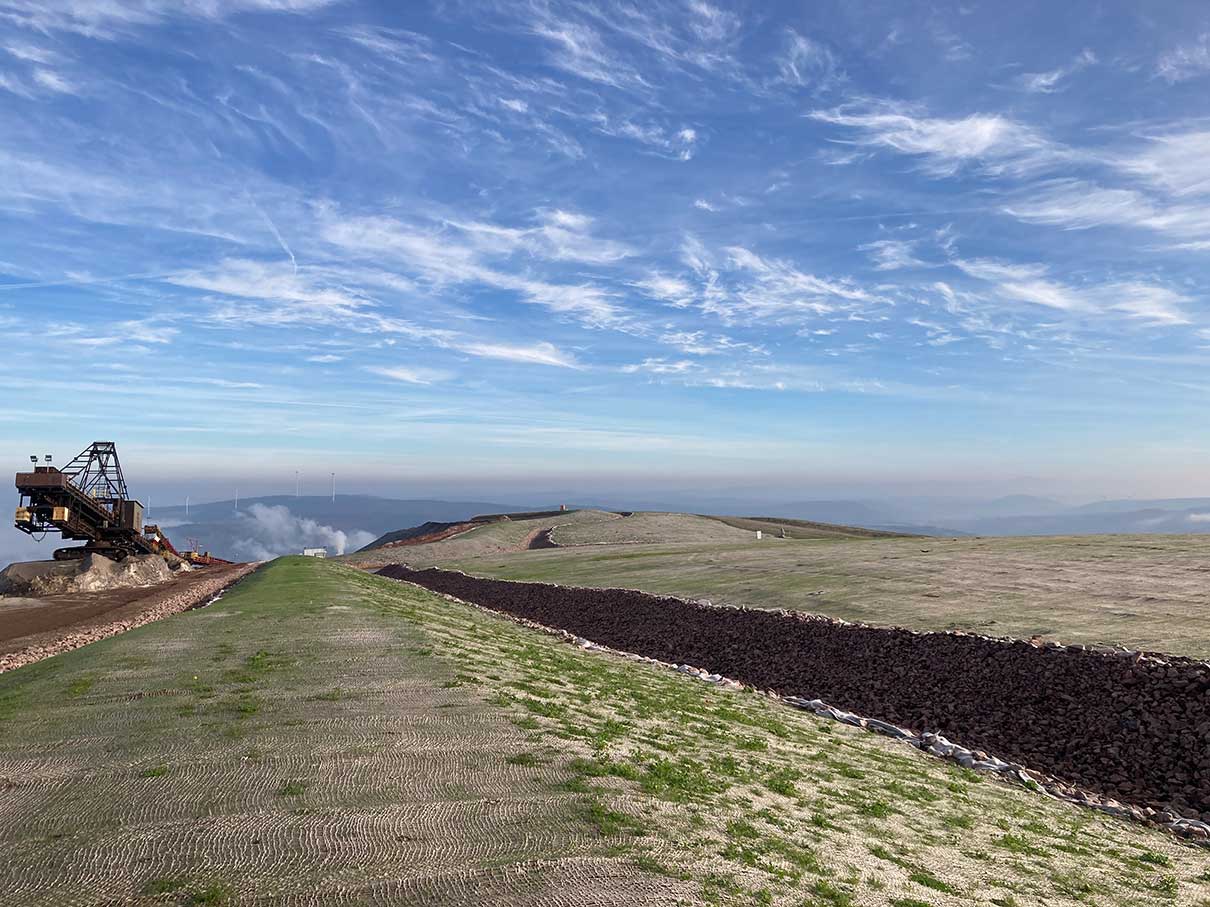
What we're looking for
Both brines from the piles or process and solid salt residues have the potential to be used as resources. This challenge focuses on the valorization of these materials into new products, aiming to turn them into valuable inputs for further use.
Already in practice
Not in focus
Approaches that rely primarily on conventional evaporation, e.g. large-scale brine evaporation without further valorization steps, are not in focus for this challenge. The aim is to explore solutions that create added value from brine or salt residues.
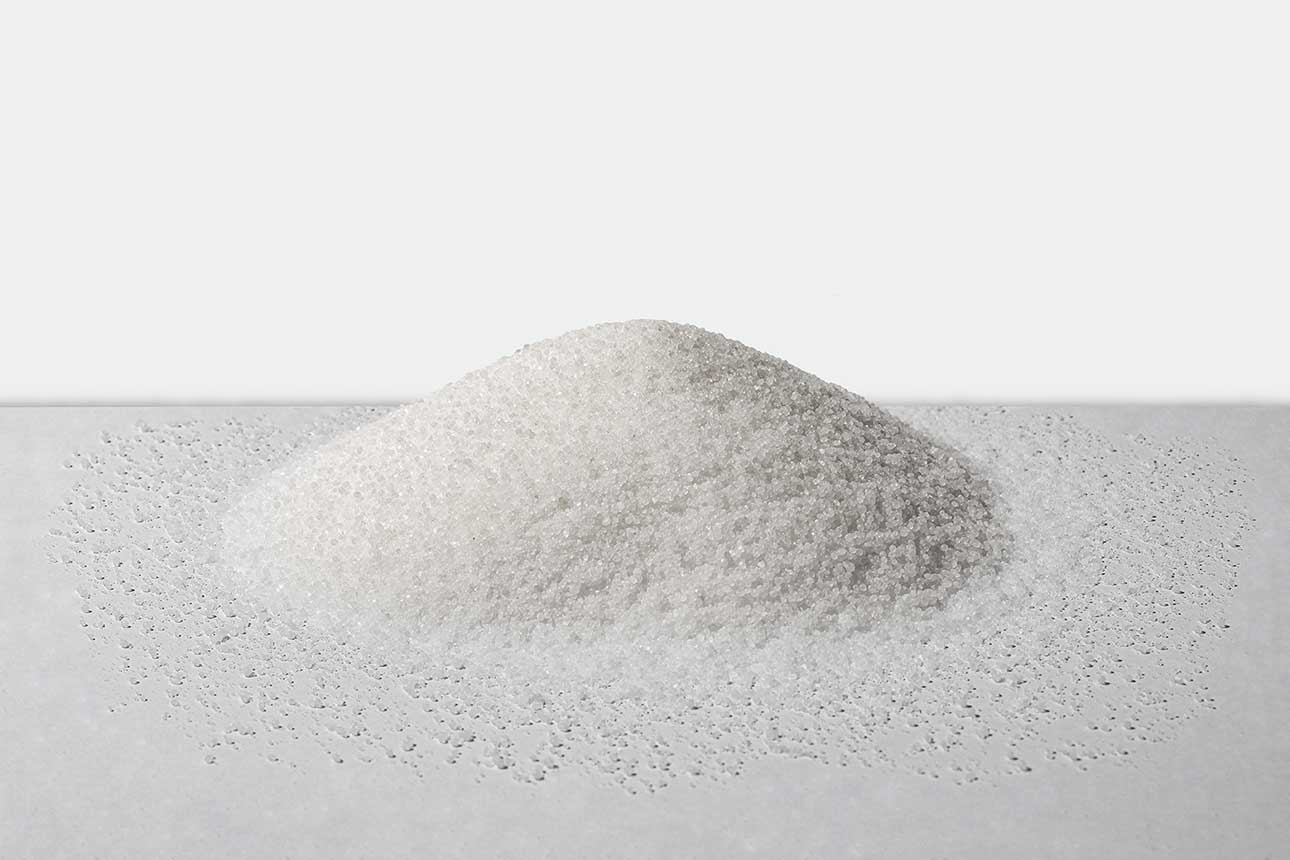
What we are looking for
The objective of this challenge is to identify durable, effective, and economically viable solutions (with a lifespan exceeding 10 years) that enhance the long-term stability and environmental performance of either partial or complete coverings of salt tailings piles. Potential approaches may include, but are not limited to, increasing the water retention capacity of the upper layer and faster greening of the pile surface. Covering the pile reduces direct contact between rain and saline residues, supports water absorption and evaporation, and enables plants to regulate moisture through uptake and delayed release. This helps increase evaporation, reduce internal brine volume, and lower salt concentrations over time.
Already in practice
Not in focus
Approaches primarily designed for covering piles with bulk materials such as cement or solutions that rely solely on loose covering materials without proper anchoring or stabilization, do not align with the objectives of this challenge. The focus is on concepts that can ensure long-term stability and performance under typical pile conditions.
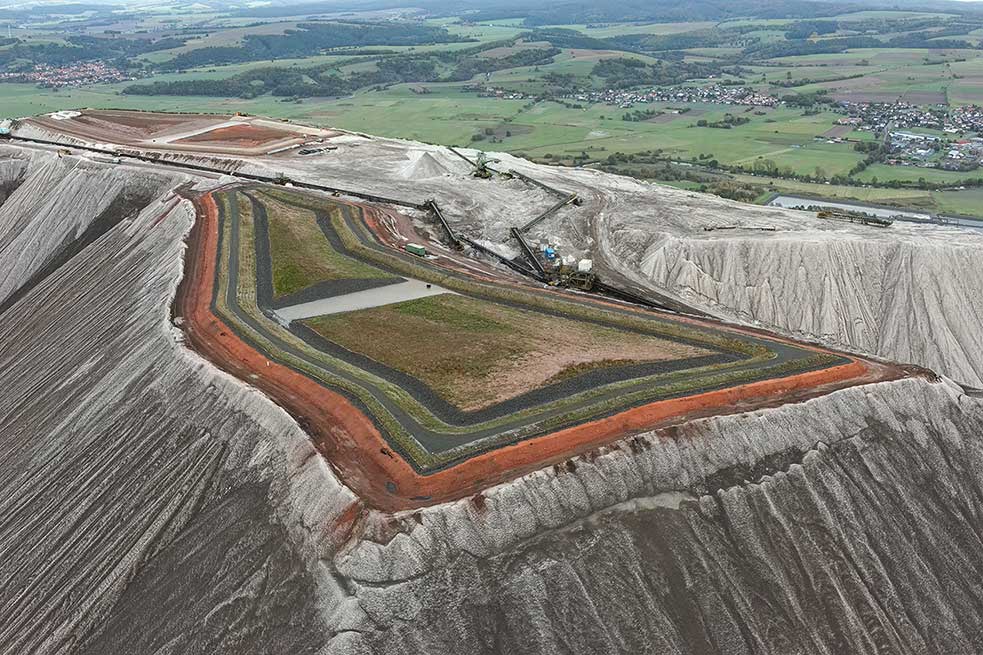
RootCamp GmbH
Herrenstrasse 12
30159 Hannover
+49 51133730620
info@root.camp
www.root.camp